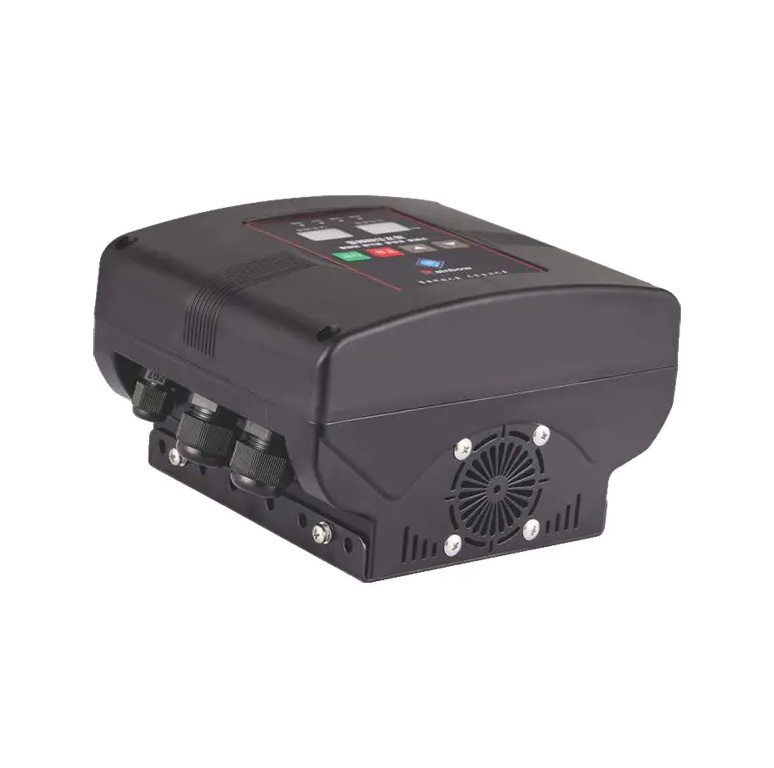Improved Efficiency Characteristics of Modern Pump Technologies
The development of the Permanent Magnet Water Pump has introduced a significant performance shift across various fluid-handling applications. By integrating permanent magnet motor technology, this type of pump demonstrates a clear efficiency advantage over many traditional induction-motor-driven pumps. The improvement originates from both electrical and mechanical refinements that reduce energy losses, enhance torque output, and maintain consistent performance under fluctuating operating conditions.
Reduced Electrical Losses Through Motor Innovation
One of the major reasons for the efficiency enhancement is the substantial reduction of electrical losses within the motor. Permanent magnet motors eliminate the need for induced current in the rotor, a process that commonly generates heat and wastes energy in conventional systems. Without this induction requirement, the pump operates with lower copper and iron losses, allowing a greater portion of the supplied electrical power to be converted into useful mechanical work. This translates to higher motor efficiency across a wide range of loads, especially during partial-load operations where traditional pumps typically suffer from poor performance. The greater power factor also decreases the overall system energy consumption, enabling users to meet performance targets with reduced electrical demand.
Enhanced Torque Density and Stable Output
Another important advantage emerges from the higher torque density that characterizes permanent magnet motor technology. Because the rotor contains fixed magnetic fields rather than requiring energy to generate them, the motor is capable of delivering stronger and more immediate torque. This facilitates rapid startup, stable rotation, and more reliable output even at lower speeds. Traditional pumps often require higher input currents to overcome rotor inertia and electromagnetic lag, but modern designs can reach optimal operating points quickly and with reduced strain. The result is improved pumping consistency, minimal flow fluctuations, and better alignment between energy usage and actual hydraulic requirements.
Lower Heat Generation and Longer Component Life
Improved efficiency also leads to reduced heat generation, which benefits both energy consumption and internal component longevity. Lower motor temperatures help maintain insulation integrity, reduce bearing stress, and minimize wear on moving parts. Traditional water pumps frequently face heat-related degradation, making them less suitable for long-term or continuous-duty applications. With reduced thermal load, the modern approach supports longer maintenance intervals and improved reliability. In industries such as HVAC systems, agricultural irrigation, and industrial circulation loops, this stability can significantly lower maintenance costs and unplanned downtime.
Optimized Control and Adaptive Performance
Modern pump architecture is often paired with advanced control electronics, allowing rapid adaptation to demand changes. These control systems optimize rotational speed and output based on real-time feedback, ensuring that the pump operates at the most efficient point on the performance curve. While variable-frequency drives can be used with traditional pumps, the inherent responsiveness of permanent magnet motors allows the system to achieve higher precision and smoother transitions. This prevents energy waste caused by oversized or constant-speed pumping systems, especially in scenarios with widely varying flow requirements.
Overall Impact on System Efficiency
Taken together, these innovations allow contemporary pump designs to outperform older systems in almost every measurable efficiency category. Reduced electrical losses, higher torque density, cooler operating temperatures, and intelligent control integration create a more capable and economical solution for modern engineering demands. As energy costs continue to rise and sustainability becomes a central design priority, adopting these advanced pumping systems presents clear long-term advantages for both industrial and residential applications.
